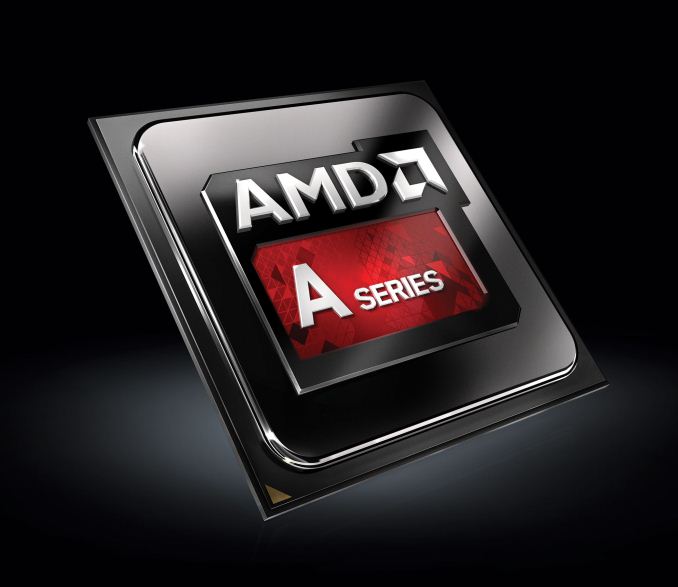AMD's Richland vs. Intel's Haswell GPU on the Desktop: Radeon HD 8670D vs. Intel HD 4600
by Anand Lal Shimpi on June 6, 2013 12:00 PM ESTFinal Words
Despite Haswell's arrival on the desktop, AMD is in no trouble at all from a graphics perspective. At the high end, Richland maintains a 17 - 50% GPU performance advantage (~30% on average) over Intel's HD 4600 (Haswell GT2). All things equal, even Trinity is good enough to maintain this performance advantage - a clear downside of Intel not bringing its Iris or Iris Pro graphics to any socketed desktop parts.
While there isn't a substantial increase in GPU performance between Richland and Trinity, AMD's GPU performance lead over Ivy Bridge was big enough to withstand Haswell's arrival. Note that although we're comparing performance to Haswell here, Richland exists in a lower price bracket. If you want the best desktop solution with processor graphics, AMD remains your best bet.
Later this year we'll see the arrival of Kaveri, which will be AMD's true response to Iris as well as its first HSA enabled APU. For as long as I can remember, integrated graphics was one of the most frustrating aspects of PC hardware to test. It looks like that's finally about to change.











102 Comments
View All Comments
coder543 - Thursday, June 6, 2013 - link
Why are we not testing versus Crystalwell enabled Iris 5200? This is the most important information, even if it isn't in the same price category necessarily.testbug00 - Thursday, June 6, 2013 - link
Because that makes no sense as a testing point.The i7 tested is not in the same price gap ether (an i3 would probably lose a lot of this partial CPU stuff) but the iGPU performance barely changes.
And how is that the most important information????? If anything it is the least important as you cannot buy Iris (pro) iGPU 5x00 on desktop unless embedded.
JarredWalton - Thursday, June 6, 2013 - link
The bigger factor is that Iris Pro simply isn't available as a desktop part -- it's only available in the BGA package i7-4770R, which OEMs can use in things like all-in-one PCs. The other place where we'll see Iris Pro (for now) is on laptops with the HQ series parts, but again that's not going up against desktops. GT3 and GT3e effectively don't exist as desktop offerings right now, but that's not too surprising as laptops stand to benefit most from improved iGPUs.jeffkibuule - Thursday, June 6, 2013 - link
On the desktop, it's only in one SKU that's only for OEM systems.FriendlyUser - Thursday, June 6, 2013 - link
Let me remind you that the Iris5200 is a $650 part. In fact, the ONLY situation where the Crystalwell part makes sense is when TDP and power requirements/battery concerns are the absolute priority. Otherwise, it's much cheaper to get a non-iris part and a separate mobile gpu (say, radeon 8970M) that offers vastly superior performance.mikk - Thursday, June 6, 2013 - link
No this is wrong. Iris Pro starts at 440 USD in mobile. Crossfire is not comparable since you get horrible micro stuttering.Hrel - Thursday, June 6, 2013 - link
They fixed the stuttering a long time ago mikkGigaplex - Thursday, June 6, 2013 - link
It wasn't that long ago and it's still not completely fixed.Guspaz - Friday, June 7, 2013 - link
They improved the stuttering for single GPU use. Both nVidia and AMD suffer from micro stuttering with multi-GPU solutions. It's a different problem set.Samus - Friday, June 7, 2013 - link
AMD is worse than nVidia's stuttering, but is easily fixed by adding a third GPU. So instead of using two high end cards in Crossfire/SLI, using three mid-high end cards virtually eliminates stutter.